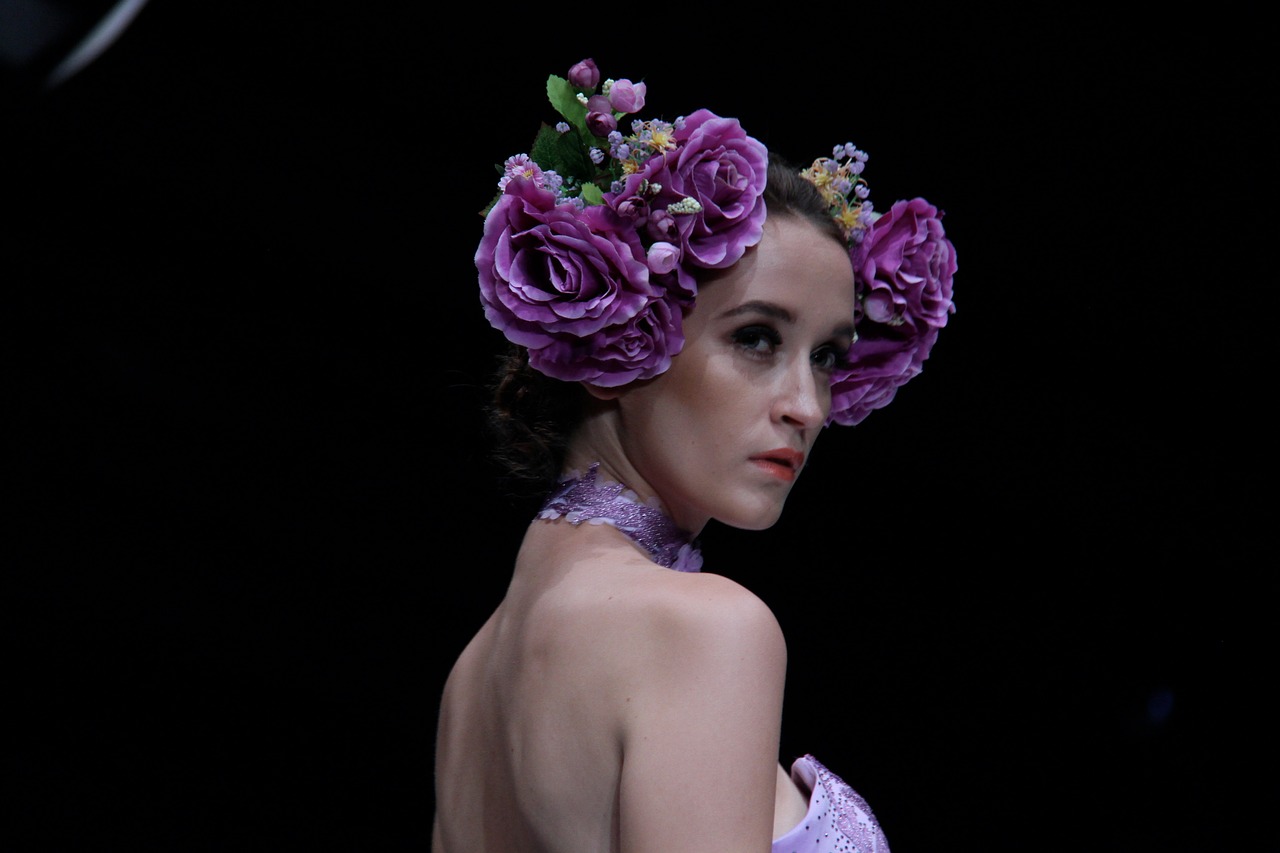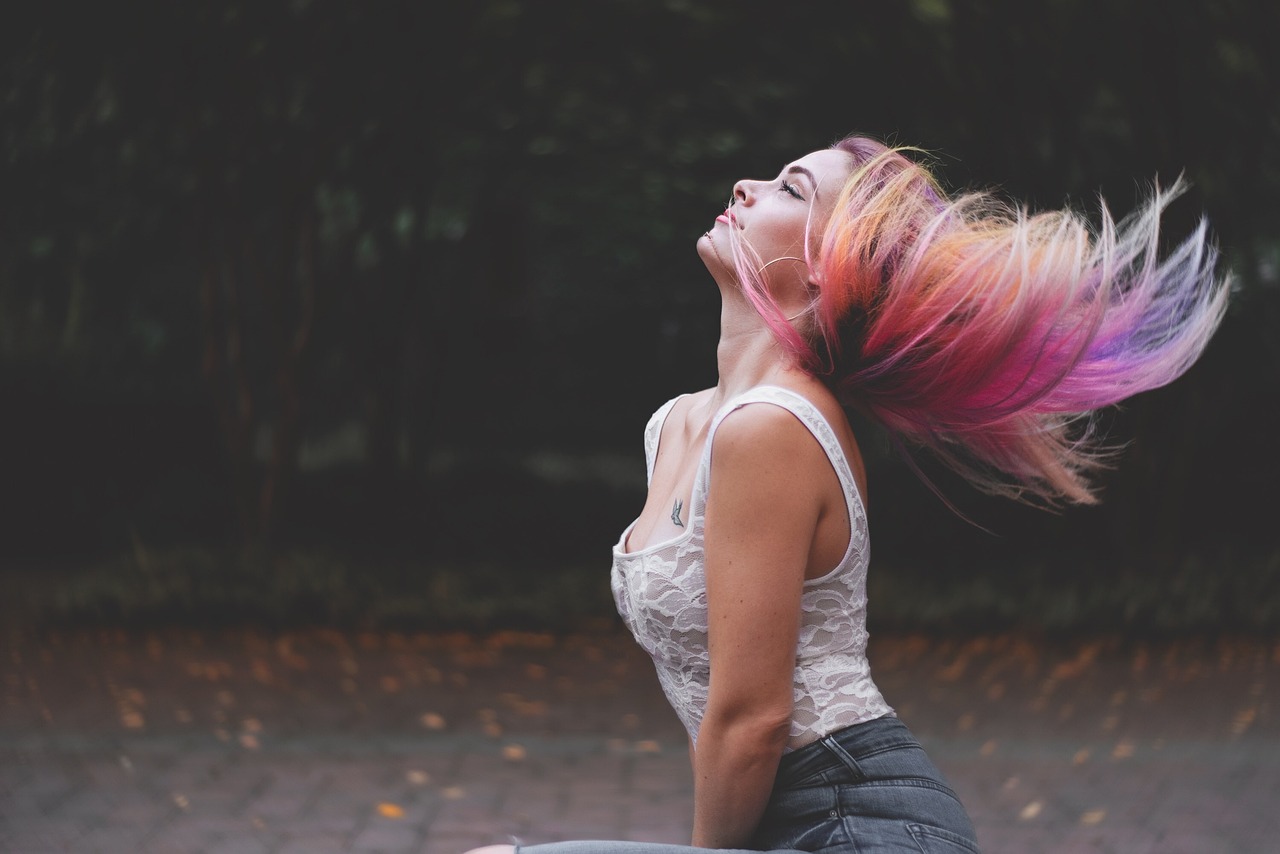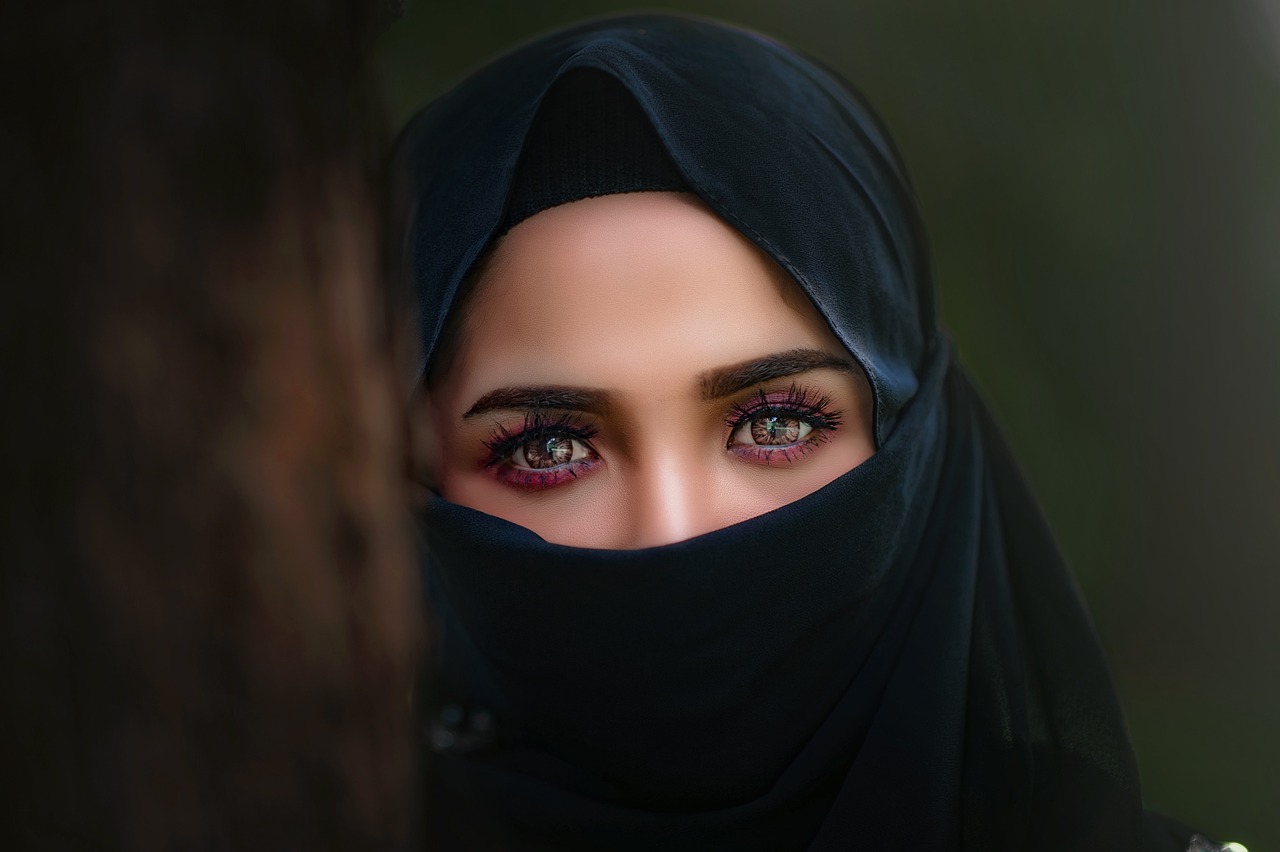Social media has become one of the most influential forces in the fashion industry. From the runways to the streets, the impact of platforms like Instagram, TikTok, and Pinterest has transformed how fashion trends are created, consumed, and popularized. These platforms have changed the way designers reach audiences, allowed influencers to rise to prominence, and made it possible for consumers to dictate what’s trending. In this ever-evolving digital age, social media has become the new catwalk, giving power to the people and shaping the trends that define each season. Let’s dive into the ways social media is shaping fashion trends in today’s world.
1. The Rise of Influencers
Influencers have become a driving force behind fashion trends, with millions of followers looking to them for style inspiration. Unlike traditional celebrities, influencers are often seen as more relatable, which allows them to build trust and connect with their audiences on a personal level. From high-fashion influencers with partnerships with major luxury brands to micro-influencers sharing their everyday style, these individuals play a crucial role in determining what’s in and what’s out.
Brands have recognized the power of influencers to drive sales and shape consumer preferences, often collaborating with them to create capsule collections or promote new lines. Influencers are setting trends by sharing their unique ways of styling garments, often blending high and low fashion to create looks that appeal to a wide range of followers. Their ability to create aspirational yet accessible content has fundamentally changed how fashion trends are disseminated.
2. Real-Time Fashion Through TikTok
TikTok has quickly become a major platform for setting fashion trends, particularly among Gen Z. The app’s short, engaging videos are perfect for showcasing outfit transformations, styling tips, and fashion hauls. Hashtags like #OOTD (Outfit of the Day), #ThriftFlip, and #FashionHacks have amassed billions of views, creating trends that spread at lightning speed.
One of the defining features of TikTok is its ability to make trends go viral overnight. A single video can inspire thousands of users to adopt a particular style, whether it’s a specific type of jeans, a vintage aesthetic, or a DIY fashion hack. The platform’s algorithm favors creative, engaging content, meaning that trends are often user-driven rather than coming directly from designers or brands. TikTok has democratized fashion, allowing anyone with a smartphone to participate in the conversation and become a trendsetter.
3. The Power of Instagram Aesthetics
Instagram has long been a hub for fashion inspiration, with its visually-driven platform being ideal for showcasing the latest trends. Instagram’s “aesthetic” culture has led to the rise of specific visual styles that become trends in their own right—think of cottagecore, dark academia, or streetwear-inspired minimalism. These aesthetics are fueled by users curating their feeds with specific colors, styles, and vibes, creating a cohesive look that resonates with followers.
Brands and designers have also leaned into Instagram as a powerful marketing tool. By creating visually stunning campaigns and leveraging influencer partnerships, brands can reach millions of potential customers instantly. Features like Instagram Stories, Reels, and shopping tools have made it easier than ever for users to discover new trends, purchase items directly, and share their own outfits, further blurring the line between consumer and trendsetter.
4. Shifting the Seasons: Fast Fashion in Real-Time
Social media has also played a role in speeding up the traditional fashion cycle. In the past, trends were dictated by the four fashion seasons—spring, summer, fall, and winter. Today, thanks to social media, new trends can emerge at any time, often sparked by a viral post or a popular influencer. Fast fashion brands have capitalized on this phenomenon, quickly producing affordable versions of trending styles to meet consumer demand.
The “see now, buy now” mentality that social media has fostered means that consumers no longer have to wait for runway trends to trickle down to the high street. Instead, they can see an influencer wearing a new style and purchase a similar item online within days. This shift has accelerated the fashion cycle, making trends more transient and encouraging consumers to update their wardrobes more frequently.
5. Community-Driven Trends
One of the most significant ways social media is shaping fashion trends is through community-driven movements. Social platforms allow like-minded individuals to come together and create subcultures, which often give rise to new fashion trends. Whether it’s the resurgence of Y2K fashion, the popularity of thrifted and upcycled clothing, or the rise of niche aesthetics like “e-girl” or “normcore,” these trends are born from online communities that share a passion for specific styles.
These community-driven trends are often inclusive and diverse, reflecting the values of the people who participate in them. Social media allows users to share their unique takes on a trend, leading to a more democratic fashion landscape where anyone can contribute and help shape what’s popular. This shift away from top-down trendsetting has made fashion more accessible and allowed for a wider range of styles to flourish.
6. Sustainability and Conscious Fashion
Social media has also played a crucial role in promoting sustainability within the fashion industry. As awareness of fashion’s environmental impact grows, more consumers are turning to social media to learn about sustainable brands, ethical practices, and ways to reduce waste. Platforms like Instagram and Pinterest are filled with content focused on slow fashion, capsule wardrobes, and thrifted finds, inspiring users to think more critically about their fashion choices.
Influencers who champion sustainability have helped popularize trends like re-wearing clothing, thrift hauls, and DIY upcycling. This shift towards conscious fashion is driven by consumers demanding more transparency and responsibility from brands, and social media has provided the perfect platform for amplifying these voices. As a result, many brands are now emphasizing their sustainability initiatives and promoting eco-friendly collections in response to consumer demand.
7. The Role of Digital Fashion Shows
The COVID-19 pandemic forced the fashion industry to rethink the traditional runway show, leading to the rise of digital fashion presentations. Social media platforms became the go-to channels for designers to showcase their collections, reaching a global audience without the limitations of a physical show. Instagram, YouTube, and even TikTok have hosted live-streamed runway shows, allowing anyone with an internet connection to experience Fashion Week from the comfort of their home.
These digital presentations have made fashion more inclusive, breaking down the exclusivity that has traditionally surrounded runway events. By allowing the public to view collections in real time, social media has enabled consumers to engage directly with brands and designers, providing immediate feedback and even influencing future collections. This shift has made the fashion industry more interactive and responsive to the desires of its audience.
8. Hashtag Campaigns and Brand Engagement
Hashtags have become a powerful tool for brands to engage with their audience and generate buzz around new trends. Campaigns like #MyCalvins by Calvin Klein or #GucciStyle by Gucci encourage users to share their personal interpretations of a brand’s style, creating a sense of community and allowing consumers to feel like they are part of the brand’s story. These campaigns not only promote brand loyalty but also help to spread trends organically as users interact and share their posts.
User-generated content has become a major part of brand marketing, with consumers effectively becoming brand ambassadors. This kind of engagement helps trends gain traction, as users see real people—people like themselves—participating in and interpreting the latest styles. Hashtags make trends searchable, and the sense of community that comes from participating in these campaigns helps solidify a trend’s place in popular culture.
9. Augmented Reality (AR) and Virtual Fashion
The advent of augmented reality (AR) has also begun to shape fashion trends through social media. Platforms like Instagram and Snapchat have introduced AR filters that allow users to “try on” clothes, accessories, and even makeup looks virtually. This technology makes fashion more interactive, allowing users to experiment with different styles without having to make a purchase.
Virtual fashion—digital garments that can be worn in photos or videos but don’t exist in physical form—is also gaining traction, particularly among Gen Z consumers who are interested in both sustainability and technology. Brands like The Fabricant and DressX have started offering virtual clothing collections that can be purchased and worn on social media. This new frontier of fashion is pushing the boundaries of creativity, allowing people to express themselves in ways that are not constrained by physical materials.
10. Breaking Down Barriers to Self-Expression
Perhaps one of the most significant ways social media is shaping fashion trends is by breaking down the traditional barriers to self-expression. In the past, fashion trends were largely dictated by designers, fashion magazines, and a few high-profile celebrities. Today, social media has democratized fashion, allowing anyone to participate in the conversation and influence what’s trending.
People are no longer afraid to experiment with their style because social media celebrates individuality and diversity. Platforms like TikTok and Instagram are filled with users expressing themselves in bold, unique ways—whether that means embracing androgynous fashion, experimenting with gender-fluid styles, or creating completely new aesthetics. This shift has made fashion more inclusive and more representative of the diverse world we live in.
Social media has reshaped the fashion industry in countless ways, from the rise of influencer culture to the democratization of trendsetting. It has allowed fashion to become more accessible, diverse, and fast-paced, while also providing a platform for important conversations around sustainability and inclusivity. In today’s digital age, fashion is no longer confined to the runway—it’s on our phones, in our feeds, and part of our everyday lives, shaped by the communities we belong to and the content we consume.















